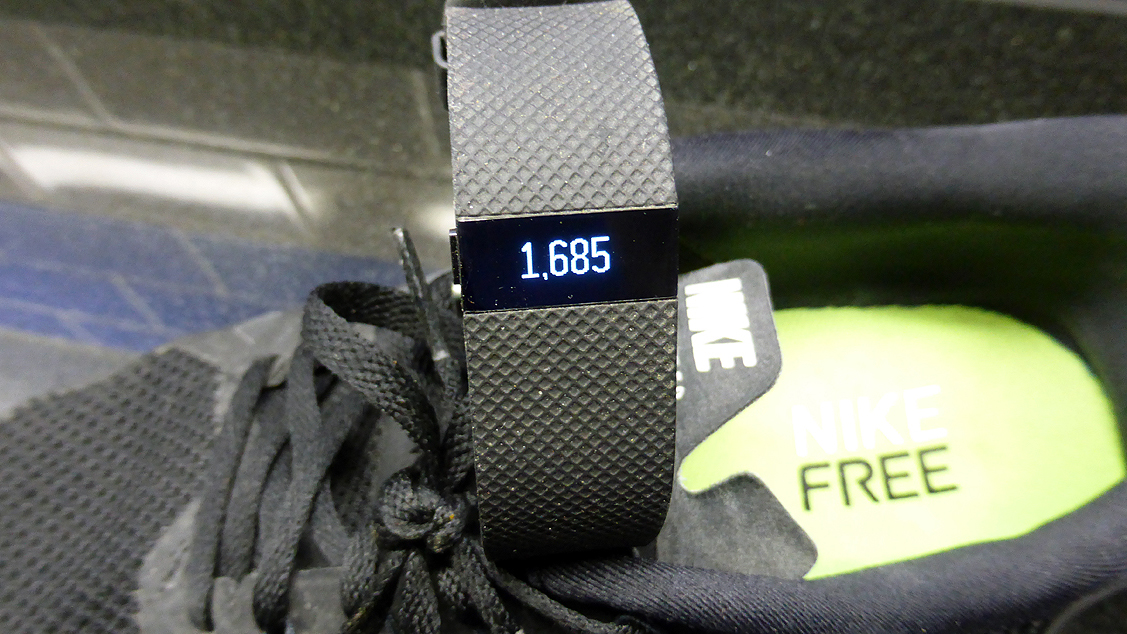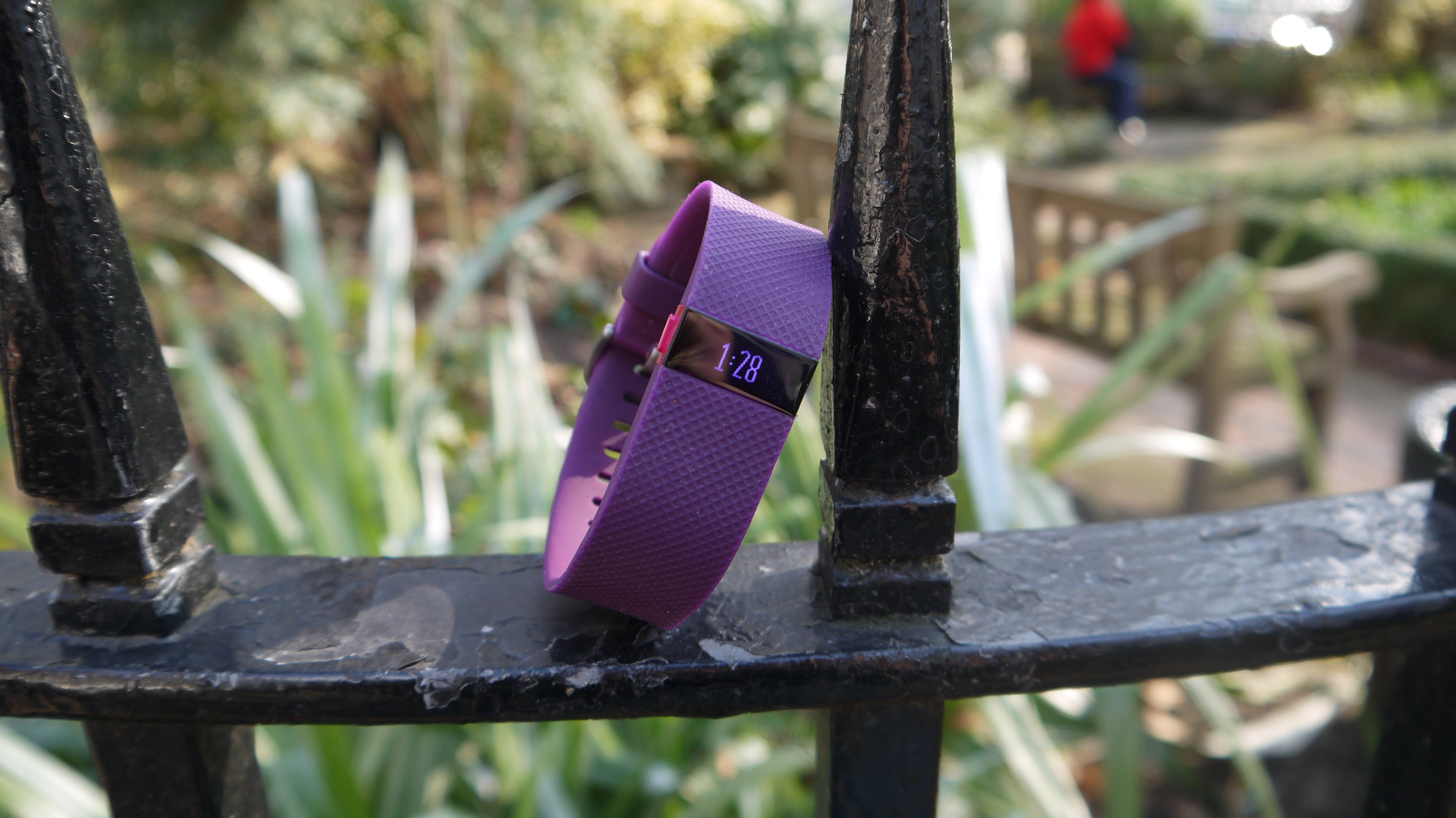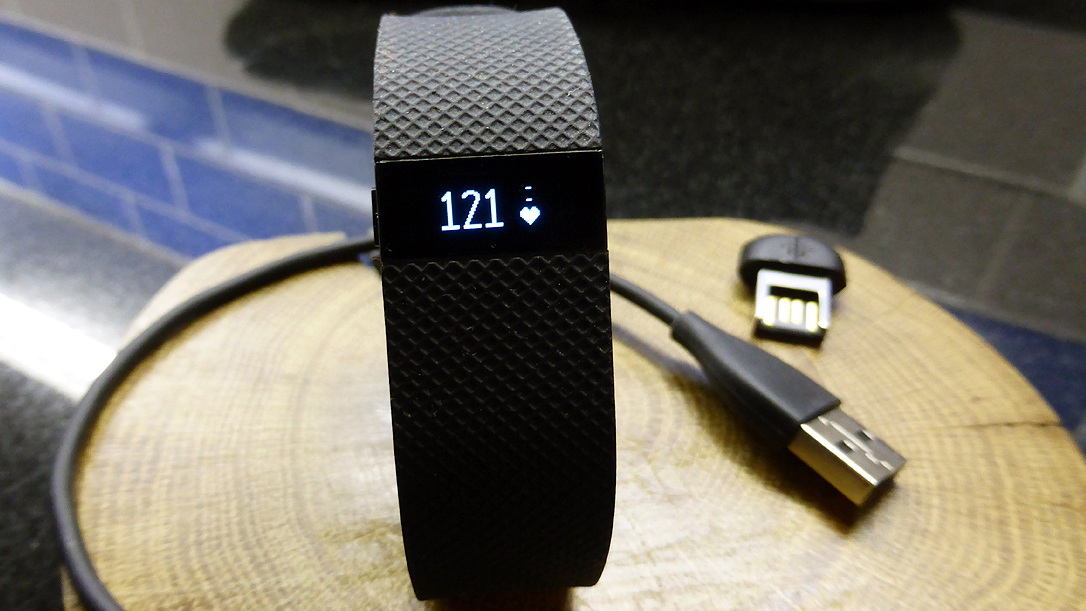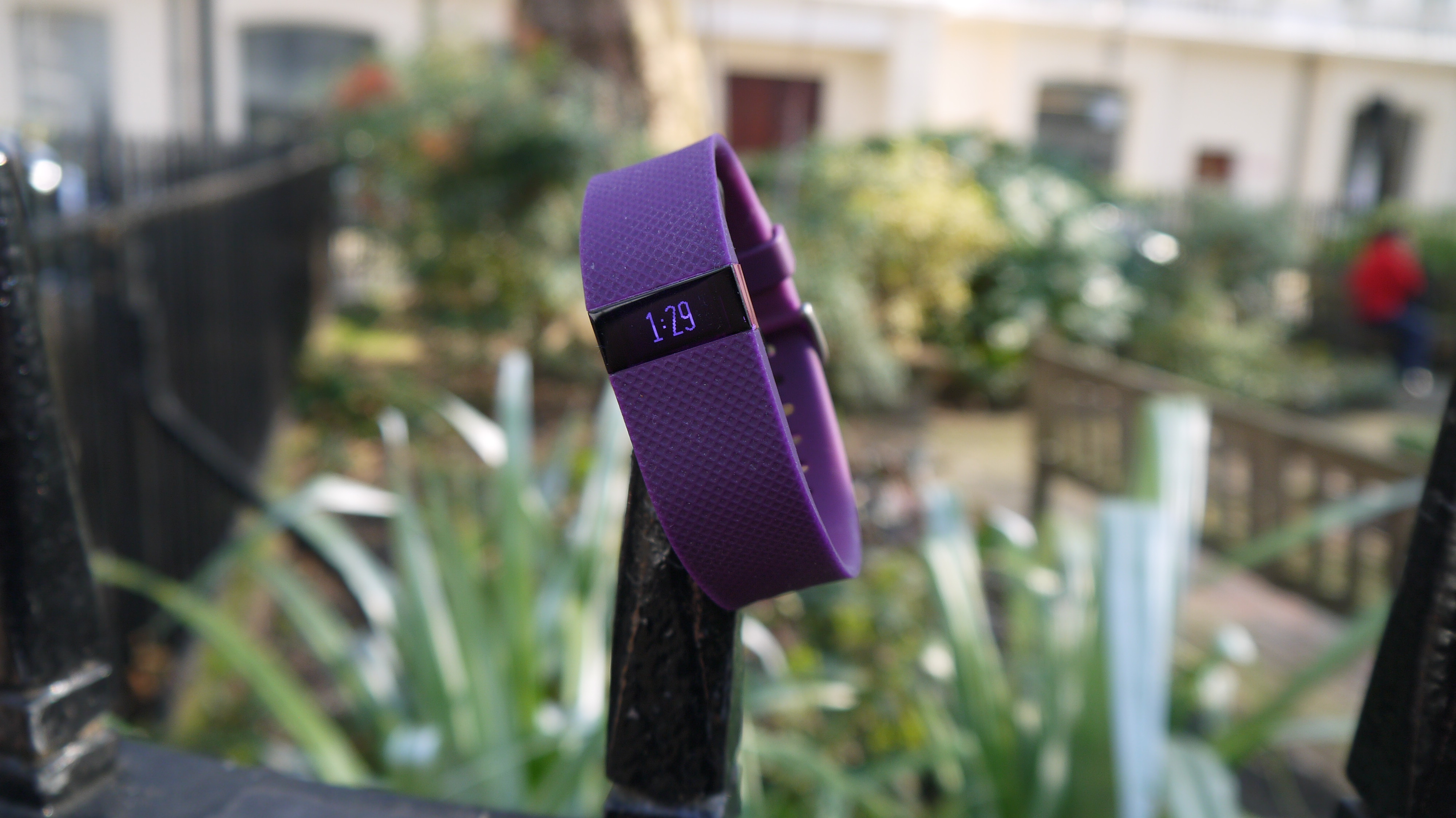Why you can trust TechRadar
So yeah, counting your steps. The Fitbit Charge HR, as I must keep referring to it for SEO reasons, does this about as well as your phone (if you've got a relatively recent smartphone) and better than most bands. It also counts flights of stairs, via an altimeter supposedly, and does this latter job about as well as your average blind, innumerate person.
I tested the step counter by taking a number of counted bursts of 100 steps. I'm not gonna claim it was superlatively accurate.
In fact it counted one burst as 120 steps and another as about 85. Still, you put those together and you've got about 200 steps and the Charge HR was generally only a little wrong, rather than wildly wrong.

It was also consistent in its wrongness, giving me confidence that I was walking further than I did yesterday, even if the number of steps was not precisely correct. And that, really, is what this type of tracker is all about.
I tested the stair counter by, yes, climbing some stairs. My block of flats (or "apartment condo", if you're reading this in American) has eight floors. The counting here was generally wrong by a factor of about 25-30 per cent. But again, it was consistent in its wrongness, which gives you some kind of platform to build on.
Where things went more weird was with tracking running or cycling. You can let the Fitbit Charge HR know you're doing some more exacting exercise by holding down its one button till you feel a vibro-wobble. What happens after that is a little hard to gauge.
I initially thought that it was converting my cycling efforts into steps taken and stairs climbed, based on the number of calories I burned. However, on consulting with Fitbit, it transpired that it was basing the stairs climbed whilst cycling on the built-in altimeter.

Now, I am not an unfit guy, but I like to think that if I'd cycled up the equivalent of 20 or so flights of stairs on my 5-mile work commute - which is what the Fitbit Charge HR claimed - I would damn well know about it.
It also logged a number of "steps" while cycling, based on who-knows-what - the slight up and down motion of the handlebars presumably. Again, this was consistent, if weird. At the end of the day, it kept telling me i'd done 10,000 steps, which it probably wouldn't have done if it had ignored the cycling entirely, which would be totes unfair. So, call me weird if you will, but I took all this as a fair indication of the amount of exercise I'd done and was happy.
I was even happier when I realised that on reaching 10,000 "steps" (or cycles, or Everests cycled up, or whatever the hell it's measuring), the tiny screen gave a faithful recreation of the fireworks at the FA Cup/ Superbowl/ whatever that game is you have in Australia with the guys in tiny shorts beating each other up on a massive oval pitch.
Battery and screen

One of the things the Fitbit Charge HR gets not-so-right is the balance between screen attractiveness and battery life. The charger is at least small unlike the monster you get with the Garmin Vivofit, and it juices up your band in a couple of hours meaning you likely won't need to leave it on charge overnight.
The battery on the Charge HR then does its duty for about four days. That's not amazing if you want to wear it all the time, which I did.
This is despite the fact that the screen, though impeccably clear, is both tiny, and designed to switch itself off after no more than a couple of seconds.
Let me tell you, photographing the Charge HR while its screen was on was no easy task. This rapid switch-off also hurts functionality in certain ways – the heart-rate monitoring, most notably.
Current page: Counting steps, battery and screen
Prev Page Introduction and design Next Page Heart rate monitor, app and sleep